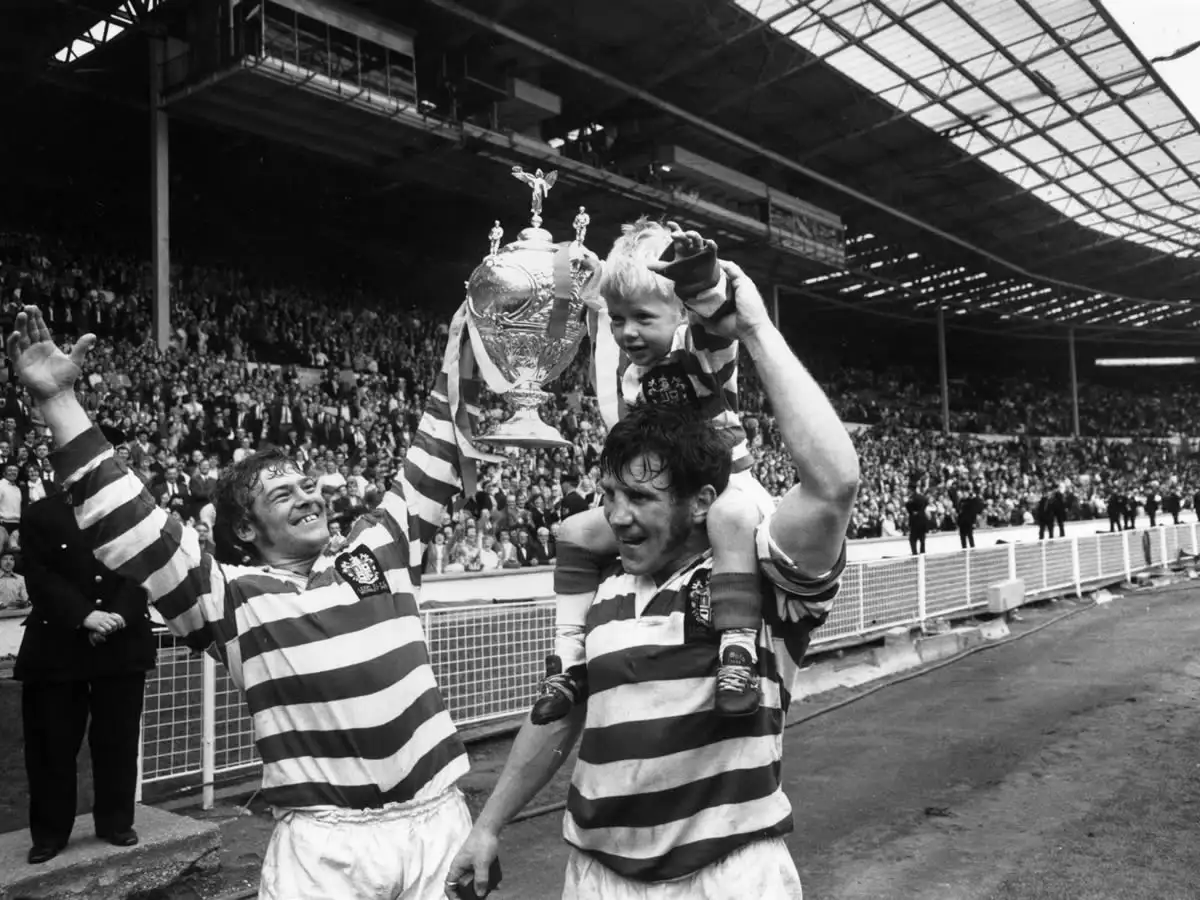Does rugby league make enough of its history?

As we continue to strive to expand the game of rugby league, do we lean on the history, heritage and tradition of the game enough?
Rugby league has a proud of history of more than 120 years and that is no mean feat, and a slap in the face for those who think the game will die out.
Over that period, the game has gone through peaks and troughs and no doubt attracted the attention of kinds of people and commercial partners that rugby league still craves today.
I’ve written in a previous column that if these people don’t want to join us in the rugby league family, then that’s their problem.
Rugby league deserves respect. It deserves to celebrate its proud traditions, regardless of the jibes that it’s “just a northern sport” – one that even one of the game’s broadcast partners, BBC Sport, continue to support by their nonsensical decision to continue broadcast the Super League Show in the north only at a ridiculous hour, before repeating it on a Tuesday afternoon nationwide.
Last week, we received a brilliant Mailbox from fan Stephen Moore, who told us about his first ever experience of international rugby league back in 1963.
That had me scouring the photo and video archives, and fortunately, highlights of the test match between Great Britain and Australia that Stephen attended were available on YouTube.
It is a fascinating watch. It’ll be nostalgic to some of our older readers, but to me analysing how the game was played and certain quirks made it really interesting.
In contrast to the modern obsession with completion rate, a number of tries were conceded by the team initially in attacking possession.
It was really interesting (at approx 1:49) to see how close the referee was to the play the ball, enabling him to have authority and see what was going on, a far cry from the constantly 10 metres away they are now.
Other things that caught my eye: the kicking out by the markers at the play the ball to try and force an error; and the decision by Great Britain from a penalty to simply kick an up and under and create a contest for the ball close to the Australia line.
Look at the crowd too. The point being that international rugby league has an incredible history and while we obsess over wanting to impress the right people, all this sort of thing has happened before.
Most painfully, perhaps, is the fact that half a century on, Swinton don’t even have their own ground anymore.
The National Rugby League Museum, set to be opened in Bradford in 2020, will hopefully make more of an event of the history of rugby league. We as fans should be flocking to such a centre to learn about the greatest game, something that was lost when Stevo’s heritage centre was closed due to the closure of the George Hotel.
I got lost in a click hole of rugby league history after watching the above video.
Most people will know about the Vichy government in France banning rugby league and stripping its assets during the Second World War, having been founded in 1934, but perhaps many won’t know that in 1998 the French rugby league Federation refused to take up a case trying to secure the return of the stolen assets.
And how about that when the Northern Union was formed in 1895, Dewsbury having originally been part of the meeting about breaking away from the RFU, decided not to. By 1904, there were more Northern Union clubs than RFU.
Where did it all go wrong, eh.
Before Stephen’s mailbox, a few bits on Twitter caught my eye, not least the @LeighRLRetro Twitter feed which has some corkers on there.
Leigh v Huddersfield at Hilton Park in 1971 #leighrl #rugbyleague pic.twitter.com/OsoRUGAZa1
— LeighRLNostalgia (@LeighRLRetro) January 3, 2018
#RugbyLeague today in 1948: Wakefield Trinity vs. Huddersfield. pic.twitter.com/Gg3STetU2H
— Richard Shaw-Wright (@thersw) March 13, 2018
There isn’t enough made of this nostalgia to try and re-engage lapsed fans, of which there are plenty; a fact that is being lost in the constant chase of expansion.
Bring on 2020 and a visit to the National Rugby League Museum.